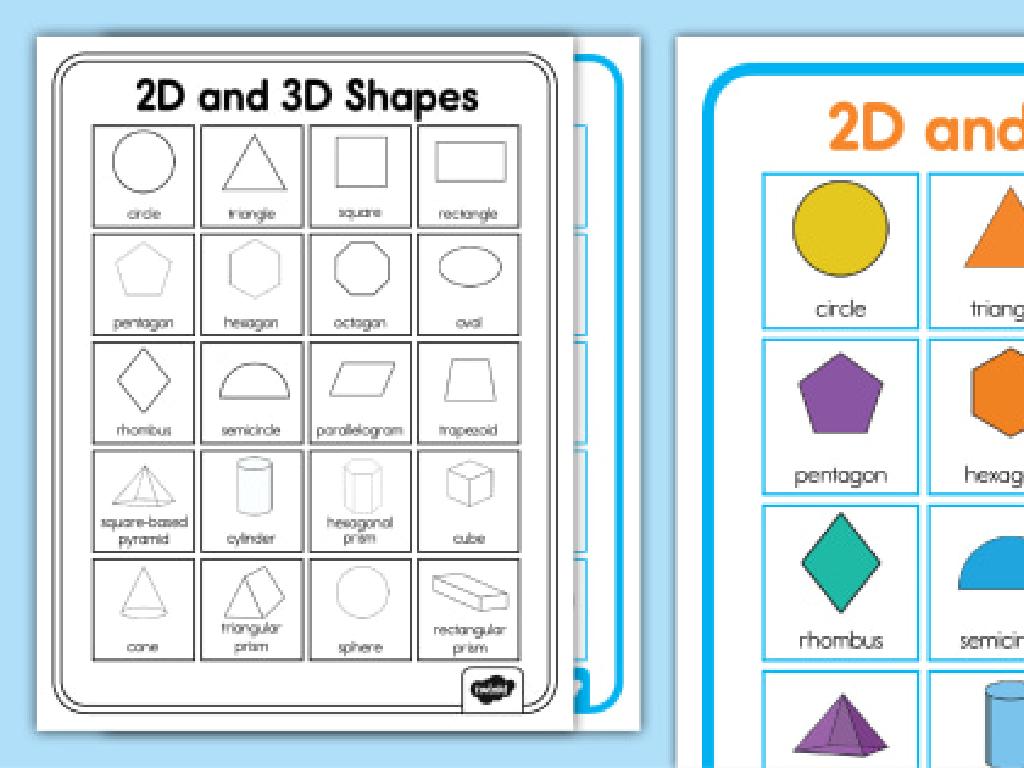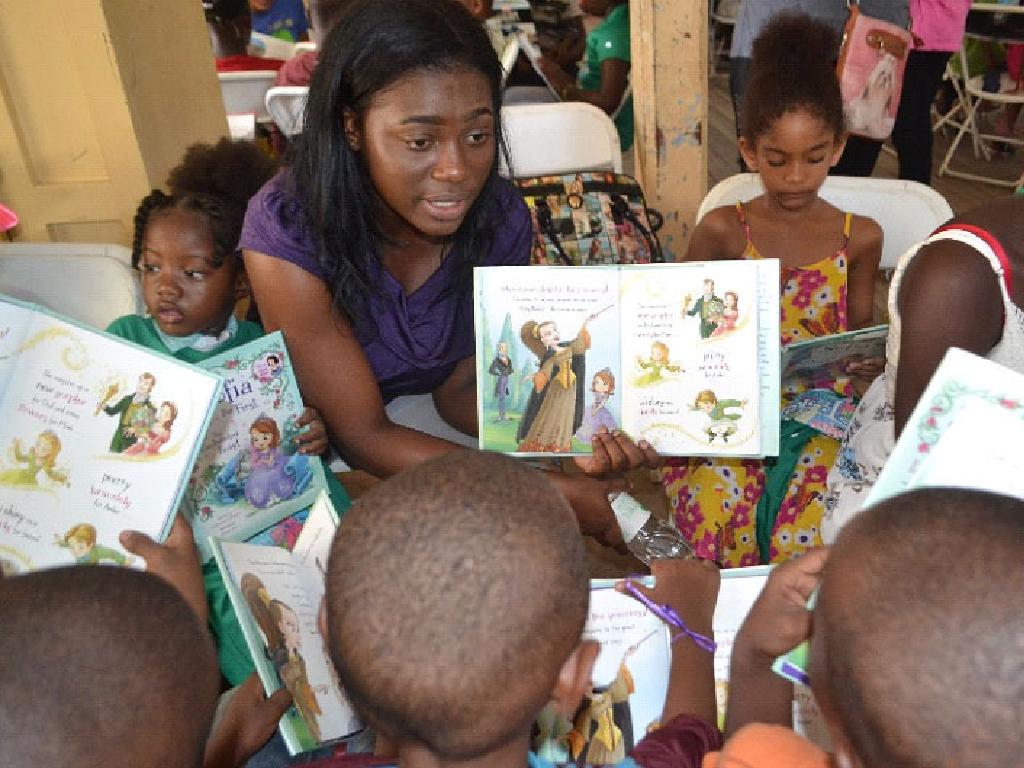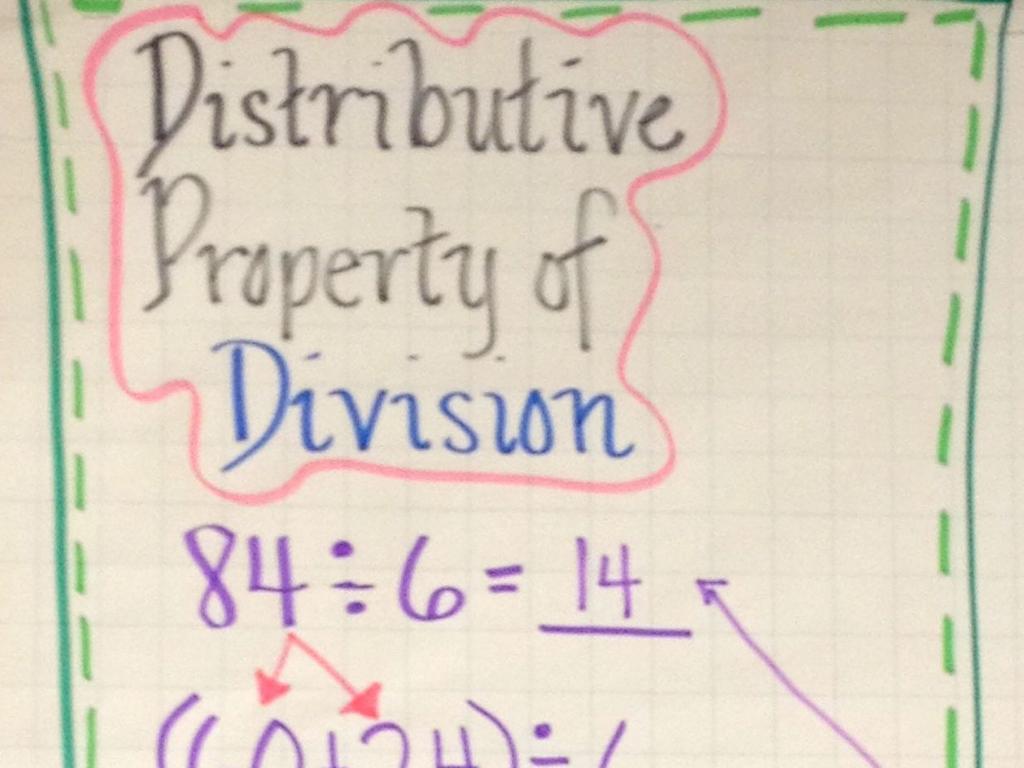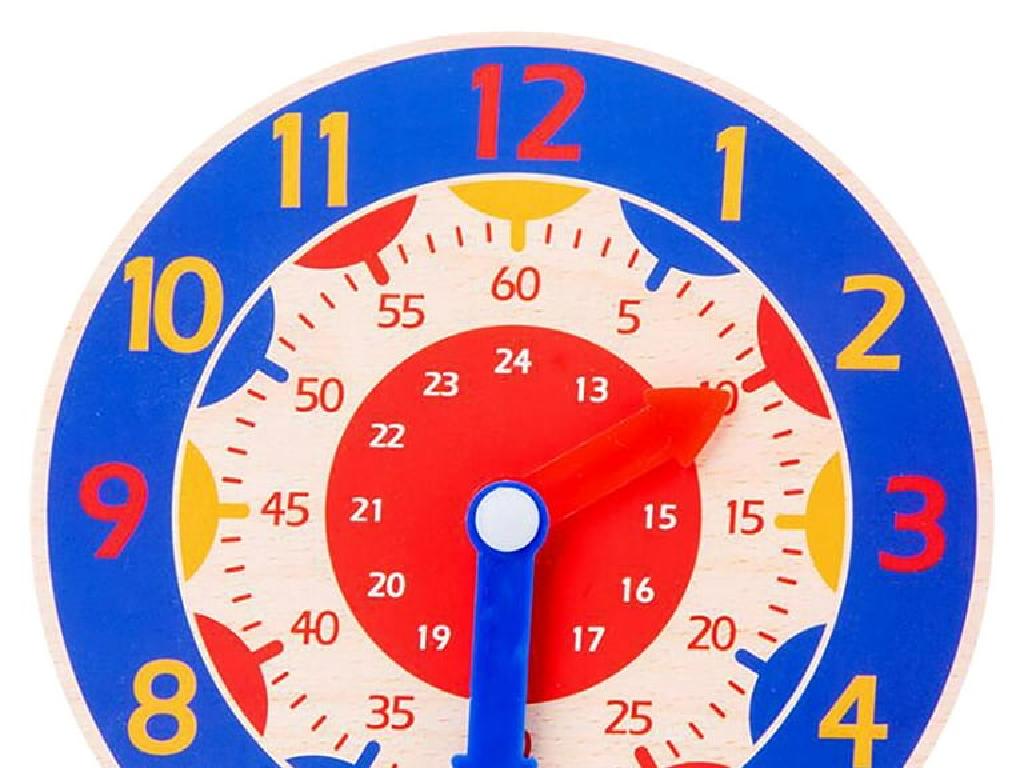Choose The Letter That You Hear: Uppercase
Subject: Language arts
Grade: Kindergarten
Topic: Letter Identification
Please LOG IN to download the presentation. Access is available to registered users only.
View More Content
Welcome to Letter Land!
– Today’s adventure in Letter Land
– Learn to listen for uppercase letters
– We’ll hear sounds and match them to big letters
– Become letter detectives
– Use your ears and eyes to find clues
– Get ready for a fun challenge
|
This slide is designed to excite the students about identifying uppercase letters through an auditory activity. Introduce the concept of ‘Letter Land’ as a fun and engaging way to learn. Explain that uppercase letters are the ‘big’ letters and that they will practice listening for the beginning sounds of words to identify these letters. Encourage the children to be ‘letter detectives’, looking and listening for clues to find the right letters. Prepare a variety of activities where students can practice this skill, such as listening to the beginning sounds of words and selecting the corresponding uppercase letter from a group of letters, or playing a ‘mystery letter’ sound game where they guess the letter based on the sound it makes. The goal is to make learning interactive and enjoyable, fostering a positive attitude towards literacy.
Exploring Uppercase Letters
– What are uppercase letters?
– They’re the larger forms of letters
– When do we use uppercase?
– At sentence starts and for names
– Spot the uppercase ‘A’
– Look for the big ‘A’ in examples
– Practice with more letters
|
This slide introduces Kindergarten students to the concept of uppercase letters, explaining that they are the larger versions of the alphabet. Emphasize the use of uppercase letters at the beginning of sentences and for proper nouns, like names. Engage the students with an activity to identify the uppercase ‘A’ in various texts or within the classroom. Extend the activity by asking students to find other uppercase letters in their favorite books or the classroom environment. This will help them recognize uppercase letters in different contexts and understand their significance in written English.
Listening for Letter Sounds: Uppercase
– Every letter has its own sound
– Like ‘A’ says ‘ahh’ or ‘B’ says ‘buh’
– Listen carefully to the sound
– We’ll play sounds and you guess the letter
– Match sound to the correct letter
– Find the uppercase letter that matches
– Get ready to use your listening ears!
|
This slide is designed to help Kindergarten students associate uppercase letters with their corresponding sounds. Begin by explaining that each letter makes a specific sound. Play a sound and ask the students to identify the letter it represents. Encourage them to focus and listen closely, reinforcing the concept of ‘listening ears.’ Provide examples such as ‘A’ for ‘ahh’ and ‘B’ for ‘buh.’ After the sound is played, guide them to choose the correct uppercase letter. This activity will enhance their phonemic awareness and ability to identify letters based on sound, which is a fundamental skill in reading. Make sure to praise their efforts and correct gently if they make mistakes.
Matching Sounds to Uppercase Letters
– Listen to the letter sound
– Find the uppercase letter
– Example: ‘sss’ matches ‘S’
– When you hear ‘sss’, the correct letter is ‘S’ – like a snake hissing!
– Let’s practice together!
– We’ll do one as a group, then you can try!
|
This slide is designed to help students connect auditory sounds to their corresponding uppercase letters. Start by clearly articulating the sound of a letter and then ask the students to identify the uppercase letter that matches the sound. Use the example provided to demonstrate the activity. For the sound ‘sss’, show that the correct letter is ‘S’. After the group practice, encourage the students to listen carefully and find the uppercase letters on their own. Provide immediate feedback to reinforce learning. This activity will help to develop phonemic awareness and letter recognition skills, which are foundational for reading.
Practice Time: Listening for Letters!
– Listen to the sound I make
– Hold up the matching uppercase letter
– First sound: ‘mmm’
– If you hear ‘mmm’, show me the letter ‘M’
– Let’s practice with more sounds
– We’ll try different sounds and letters together
|
This activity is designed to help students associate sounds with their corresponding uppercase letters. Start by clearly pronouncing the sound ‘mmm’ and encourage the children to hold up the letter ‘M’. Make sure to praise their efforts to build confidence. Continue with a series of sounds, one at a time, and allow the students to respond by showing the correct letter. Possible variations for individual students could include sounds for letters like ‘sss’ for ‘S’, ‘aaa’ for ‘A’, ‘ttt’ for ‘T’, and ‘fff’ for ‘F’. This exercise will reinforce their understanding of the relationship between sounds and letters, which is crucial for developing reading skills.
Letter Sound Game: Find the Uppercase Letter
– Listen to the letter sound
– Run to the matching letter
– Look for the big letters on the wall
– Find the uppercase letter
– Remember, uppercase letters are big like ‘A’, not ‘a’
– Who will be the quickest?
|
This interactive game is designed to help Kindergarten students recognize and differentiate uppercase letters by associating them with their sounds. Play a sound of a letter and have the children quickly find and run to the corresponding uppercase letter that is placed on the classroom walls. This activity not only reinforces letter identification but also encourages physical activity and healthy competition among the students. Make sure to have all the uppercase letters displayed prominently around the room before starting the game. Offer gentle guidance to those who need it and praise quick and correct identification to motivate the children.
Class Activity: Uppercase Letter Hunt
– Listen for the uppercase letter
– Find objects starting with that letter
– If I say ‘B’, look for ‘Ball’ or ‘Book’
– Work together in the hunt
– Help friends during the activity
|
This interactive activity is designed to help students recognize and identify uppercase letters in a fun and engaging way. The teacher will say an uppercase letter out loud, and the students will look around the classroom to find objects that start with that letter. Encourage students to work together and assist each other, fostering a collaborative learning environment. Possible variations of the activity could include: 1) Having students draw the items they find on a whiteboard, 2) Pairing students up and having them take turns saying a letter and finding an object, 3) Creating a scavenger hunt list with several letters to find, 4) Using a timer to add excitement, and 5) Asking students to find objects in a book or picture instead of the classroom. This activity not only helps with letter recognition but also with phonemic awareness and vocabulary building.
Review and Goodbye
– Recap uppercase letters
– Let’s go over the letters A to Z once more.
– Praise for being letter detectives
– Anticipate next Letter Land adventure
– Get ready to meet new letter friends soon!
– Say our goodbyes for today
– It’s time to say ‘See you later, alligators!’
|
This slide is meant to wrap up the day’s lesson on uppercase letters. Start by revisiting the letters A to Z, ensuring the children can recognize and identify each one. Offer praise to reinforce their efforts in learning and identifying the letters, which helps build their confidence. Excite them for the next class by talking about ‘Letter Land,’ a fun and imaginative way to introduce new letters or concepts. Finally, end the lesson on a positive note with a cheerful goodbye, leaving the children eager for their next learning adventure. Remember to use a sing-song voice or a chant to make the review more engaging and memorable for the kindergarteners.






